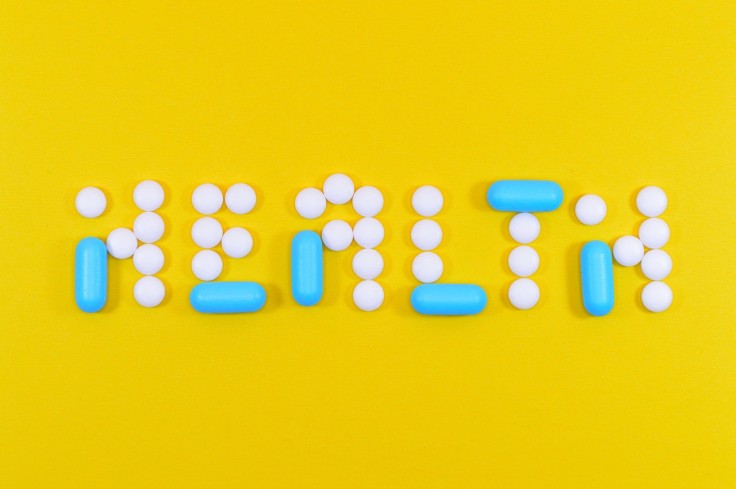Cardiovascular Diseases Now Striking More Young Adults: Identifying its Early Signs and Symptoms
By
The blood circulatory system, also known as the cardiovascular system, consists of the heart, blood and the blood vessels that run throughout the body. It delivers nutrients and oxygen to all cells of the body. The oxygen we breathe is absorbed into the blood in the lungs, and the heart pumps this oxygenated blood to all parts of the body. Every heartbeat is a contraction of the heart as it pumps blood around the body. So, if you don't practice a healthy lifestyle you might be at risk of having some serious heart diseases.
Seek the immediate help of a medical doctor if there is extreme pain or changes in your body that might be a cause of poor blood circulation. But the best thing that you can do is to have a better lifestyle to avoid certain unwanted problems due to your lack of discipline. You can do regular exercise routine and practice to eat healthy foods.
Read also: cardiovascular system diseases
High blood pressure. Also called hypertension, is a condition that is defined by the increased force required to pump blood through your arteries. It is a disease without any presenting symptoms, but over time this too much force can damage the heart and lead to stroke, heart disease, or kidney problems.
Heart attack. When the heart does not receive enough blood because of a blocked coronary artery, a heart attack was triggered. If not treated right away, the heart muscle can become permanently damaged and subsequently lead to heart failure or even sudden death. Symptoms of a heart attack include pain in the center or left side of the chest, pain that radiates to the jaw, shoulder, or arm, shortness of breath, nausea, sweating, abnormal heartbeat, and or loss of consciousness.
Heart failure. Also called congestive heart failure, this condition happens due to weakened or damaged heart muscle. Early symptoms of heart failure include fatigue, ankle swelling (edema), and increased urination at night. Later symptoms may include rapid breathing, chest pain, loss of consciousness and the feeling of being drowned during a shower.
Stroke. A stroke happens when there is blockage of blood vessels within the brain reducing oxygenated blood supply and possibly causing permanent brain damage. It is most commonly caused by a blood clot that occurred in another part of the body, such as the heart, then traveling through the arterial system to the brain and causing a blockage. Symptoms maybe
- Numbness and tingling sensation in your face, arm, or leg, especially on one side
- Confusion or trouble understanding other people
- Difficulty speaking
- Trouble seeing with one or both eyes
- Problems walking or staying balanced or coordinated
- Dizziness
- Extreme headache that comes on for no reason
Aortic Aneurysm. This condition involves the major artery stemming from the heart, known as the aorta. Symptoms can be high blood pressure, infection, plaque buildup in your arteries (atherosclerosis), High cholesterol, Sudden traumatic injury. May also include Chest or back pain, difficulty breathing or swallowing, Shortness of breath, Coughing and Hoarseness.
Mitral prolapse. The mitral valve separates the left atrium from the left ventricle in the heart. It is a one-way valve that allows a certain volume of blood into the left ventricle in tandem with the heartbeat. Mitral prolapse happens when the flaps of the valve do not close properly, allowing for blood to regurgitate back into the left atrium. Mitral prolapse is mostly harmless, only few cases may require surgical correction. Mitral prolapse can be distinguished by a unique heart murmur.
Varicose Veins. Are visible veins that may look dark purple or blue and in color, usually in the legs and feet. These enlarged and discolored veins may not cause any immediate health concerns to some patients and can be more of a cosmetic problem, looking unsightly or unattractive. When you have varicose veins you may be experiencing aching pain and discomfort and this could signal a higher risk for other circulatory problems. Varicose veins are usually the result of prolonged standing or walking that increases the pressure in the veins of the lower body.
ALSO READ: Flavored Electronic Cigarettes Linked To Possible Cardiovascular Disease
© 2026 University Herald, All rights reserved. Do not reproduce without permission.








